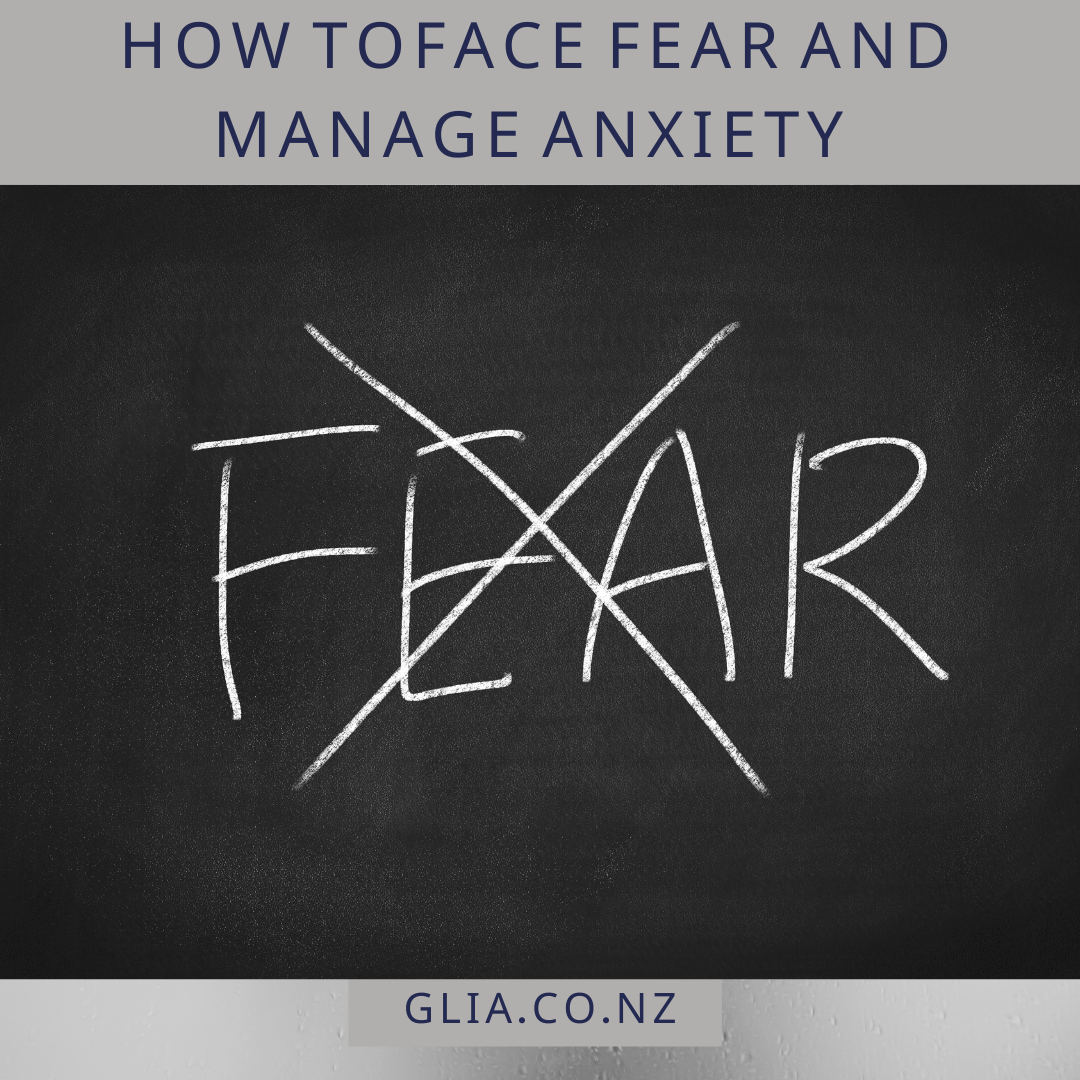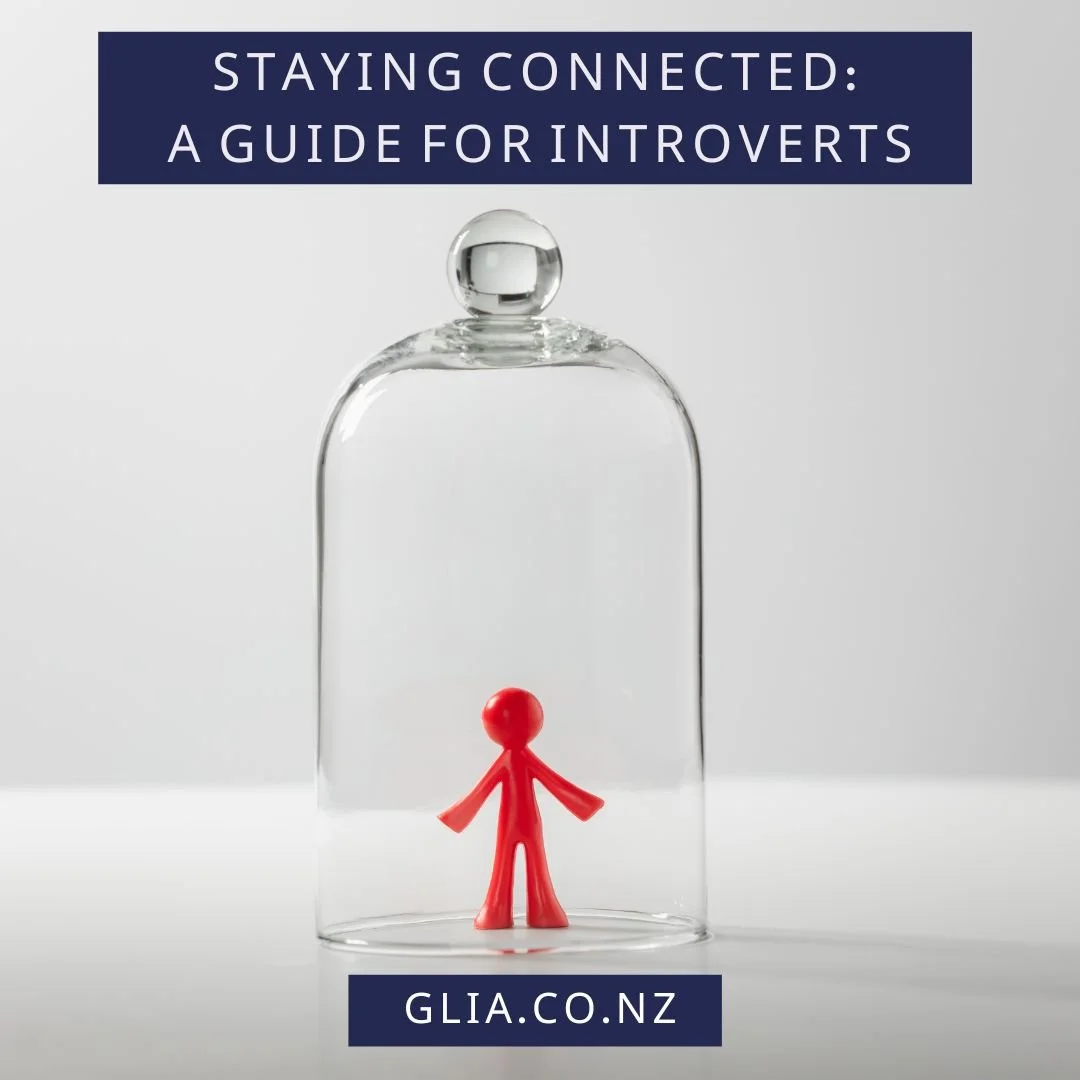This is the first in a three-part blog series about change in which we will cover: The Psychology of Change, a Practical Guide to Change, and How to Manage Change (in both yourself and others) while minimising negative mental health outcomes and optimising positive ones.
Change is a constant throughout our lives, and change can impact our mental, physical and emotional health in a myriad of ways.
it can be helpful to separate all of the cultural and mental clutter that surrounds goal-setting and behaviour change and figuring out how best to do it, when and how you want to and are able to, and not because an internet personality who exudes the scent of bran flakes while they do burpees at 5am makes you feel like you would somehow be a better person if you could force yourself into the same habits.















